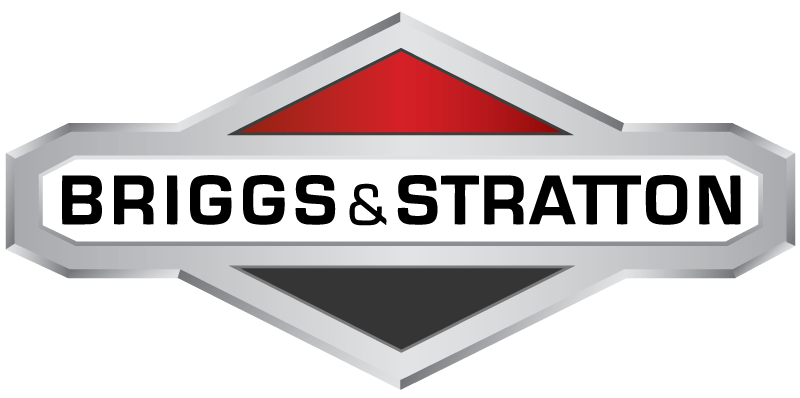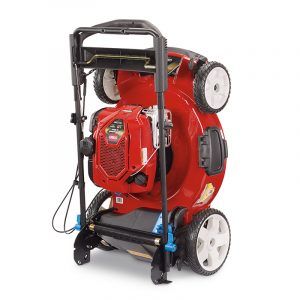PLANNING STRATEGY
Align your operations & business strategy with supply chain consulting planning strategy.
enVista’s supply chain & planning strategy consulting team will consult and implement solutions that transform and optimise networks, warehouses and labour to improve your profitability and create a long-term supply chain planning strategy for success.
Home > Supply Chain Strategy > Planning Strategy
Discover our supply chain & planning strategy consulting solutions.
enVista’s solutions drive business growth with strategic supply chain planning strategy and network optimization. Through our supply chain consulting services, we generate a competitive advantage through reduced costs, improved service levels, reduced overall cycle times and streamlined processes and systems to generate supply chain resilience.
Hone your demand forecasting strategy predict demand with the utmost accuracy with enVista.
Reduce out-of-stock items, minimize carrying costs, increase fulfilment turn rates and preserve margins with inventory optimization.
At a time when supply and demand volatility is rising, enVista’s technology team can help you select and implement the right planning strategy software to bring equilibrium to your supply chain network.
A well-planned sales and operations planning (S&OP) implementation will include training, change management and a piloted implementation approach by an experienced supply chain consulting team.
Our strategy consulting services help to get the most value from a 3PL partner and negotiate during the selection process.
The quick and efficient execution of multiple projects leads to an agile and resilient supply chain and an organisation adapted for change.
Optimize manufacturing operations with an integrated supply chain, enhancing efficiency, reducing costs, and achieving operational excellence.
Minimize costs, maintain service and maximize results with supply chain consulting.
Today, many companies face a challenge that seems burdened with contradiction: how to reduce transportation and operations costs while increasing customer service levels. Designing the right global supply chain network provides a solution to both issues. Although there are many factors to consider when designing a supply chain network, the process does not have to be overly complicated with the right partner. The key is to analyse your network across the entire supply chain spectrum from source to consumption.
With solid, proven methodologies and the right modeling tools, enVista’s supply chain consulting services provide expert resources for solving complex supply chain network challenges.
Proven experience. Maximum results.

Implementing a Global Network Redesign to Combat Diverse Requirements for Briggs & Stratton
- Recognized a total supply chain cost reduction greater than 15%
- Service level improvements increased 14%
- Warehouse costs reduced by 6%

Foster Supply Chain Resilience
It’s important diversify their supply chains not only across different manufacturers, but also across different countries, shipping lanes and entirely different regions of the world. Create partnerships with manufacturers in the U.S., Latin America, Europe or other parts of Asia to make the necessary investments in automation, technology or skills that would allow diversification of supply chains without major impacts to cost. By pursuing a multiple supplier approach, companies can cost-average their pricing while having alternate suppliers in the event of disruption.
Supply and demand require adjustments or alternate supply chains in any type of disruption or state of shock scenarios. Consider the effect of port strikes. Most supply chains are forced to adjust inbound lanes and route product through different ports and often temporary warehouses. This often lengthens supply chains, increasing inbound cycle times, and often leads to stock outs across the supply chain. Contrast this disruption with hurricanes which may shut down distribution centers and roads while creating significant demand spikes. Either scenario requires flexibility to adjust to the new spikes in supply and demand patterns, pressuring supply chain networks to adjust lanes, capacity, inventory positioning and ways to manage. World class supply chains build in flexibility in several ways:
- Design contingency supply chains with game plans
- Develop flexibility in capacity and lanes
- Determine contingency management approach
- Compress cycle times wherever possible
S&OP is a critical component to a company’s approach to contingency management, as it drives a balance between supply and demand and creates the framework to evaluate various scenarios to understand the impact of supply shortages, demand spikes or disruptions, or other shocks to the system. This “what-if” scenario development within the S&OP process can ensure all functions are aligned from a strategic perspective and can drive both longer term strategic initiatives (such as capacity additions or strategic sourcing projects) and short-term tactical actions.
Within the S&OP process, the sub-processes of demand and supply planning and capacity management must be robust. Over the last several years, the largest improvement in business software has been the broad introduction of artificial intelligence (AI) and machine learning (ML) to drive better forecasts and
optimization in production planning and inventory management. Most supply chain systems are designed for “steady state,” or average year-over-year performance, but averaging can be disastrous. Many companies struggle enough with normal seasonality or promotional peaks. Overlaying supply disruptions, demand spikes, viral product endorsements or other rapidly developing situations requires speed on the part of manufacturers to identify and respond. Therefore, utilizing demand sensing technology or social media scraping/ monitoring will give companies the edge to respond faster.
While a more flexible network and effective planning-forecasting improves that ability to respond to significant shocks, another key ingredient is a tailored inventory strategy to support these kinds of contingencies. Inventory strategies create shock absorbers in the network that deal with unforeseen disruptions in demand and/ or supply. An example would be hurricane inventory that many companies maintain in the event of severe weather. Another example would be segregating inventory by priority and creating additional safety stock levels during critical periods (when many significant disruptions occur seasonally). An effective inventory strategy starts with the defined role and intent of items in the inventory. Critical items require different safety stock calculations and need to be positioned differently in the network than non-critical items.
Consider reducing the potential for your supply chain to transmit dangerous vectors. Warehouse operations and truck drivers are key drivers of your supply chain that enable products to come from anywhere and be delivered anywhere. The risk of course is making sure that no harmful vectors are transmitted through these key personnel to your customers or suppliers’ locations. Reducing contact by keeping drivers from inside warehouses, providing PPE, staggering shifts to reduce shift change contact and cleaning equipment are all import factors to reduce transmission. In addition, it is important that drivers reduce contact in high-risk areas and customer locations.
Featured Insights

White Paper
Increase ROI Through Successful Warehouse Slotting
A well-thought-out slotting strategy also enables businesses to minimize wasted space and maximize storage capacity within the warehouse. Increase ROI using the right tools, strategy and management plan with successful warehouse slotting.

Blog
How to Pick Your WMS Go-Live Date – And Stick to It
Learn how to choose the right WMS go-live date and stay on schedule to avoid delays, cost overruns and operational disruptions.

Case Study
enVista Provides End-to-End Supply Chain Optimization for American Multinational Food Manufacturer
Fortune 500 food manufacturer leverages
enVista’s inventory management, transportation modeling, facility design and project management optimization during organisational transformation.

Blog
6 Steps to Crafting a Robust Supply Chain Planning Software Implementation Plan
Drive successful supply chain software implementation with enVista: learn a six-step roadmap for planning, deployment, integration, and lasting ROI.

Case Study
enVista Saves Back Bar Project $4.3M with Comprehensive Supply & Demand Planning Initiative
Back Bar Project leverages enVista’s supply and demand planning services to improve its internal processes and technology.

eBook
The Supply Chain of the Future: How to Build an Integrated, Adaptive and Insight-Driven Network
Build an agile, integrated, insight-driven supply chain with enVista’s Concept 5.0 framework to improve visibility, speed, resilience and customer service.

Checklist
Assessing AB701 Compliance: The Ultimate Checklist for California Businesses
Ensure your business stays on track with AB701 compliance with enVista’s comprehensive checklist. Learn more here.
Let's have a conversation.®
We deliver exceptional solutions. Learn how we can accelerate results for you and your organisation.


